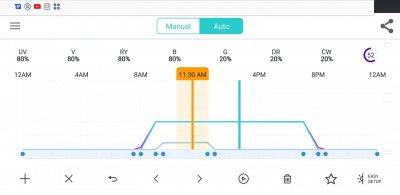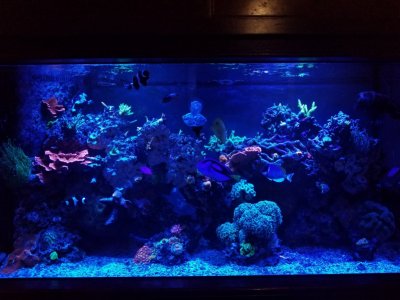I've read online that you should never run gfo with Sps corals in your system. Apparently corals will lose colors. How true is this? I currently run a refugium, carbon dose vinegar, and run phosguard but it gets exhausted very quickly. I feed my corals reef roids every other day. Looking for something more effienct to removing phosphates otherwise I'm gonna give up and just go full zeovit. Before I started feeding this heavily to corals, I was at 16ppb per Hanna ulr and last night it hit 200ppb and Ive noticed less growth than usual over the coarse of a week. I was replacing phosguard every 2 weeks but I finally ran out and I want something better
All help is welcomed
All help is welcomed





















